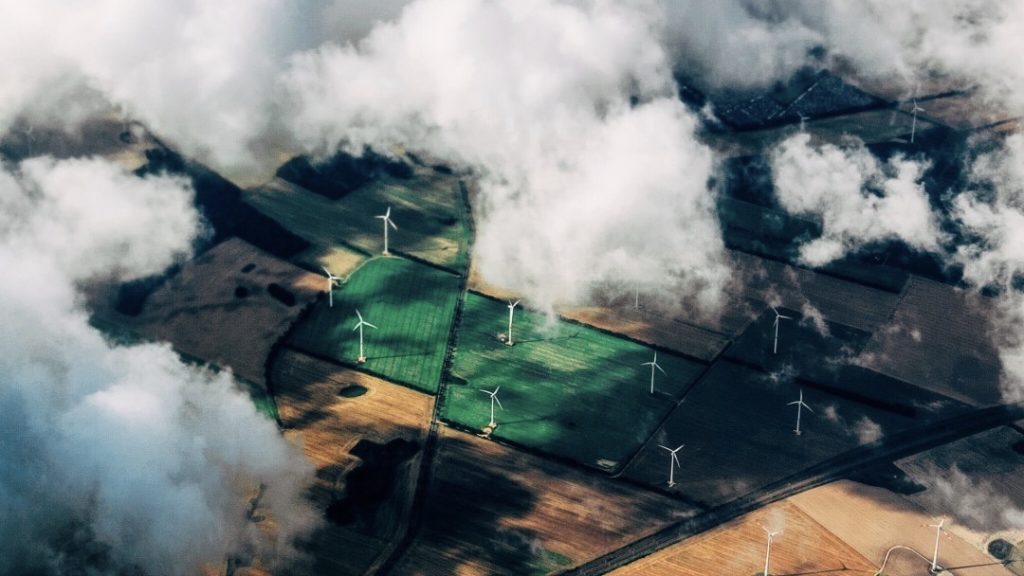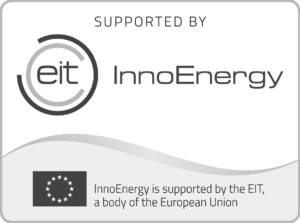25.02.2020
Briefing on Climate Innovation in Estonia

Reaching climate neutrality in Estonia
Climate neutrality is profitable in the long term. Strategically wise investments are carried out to reach that goal, stated in the latest report by which many organizations align.
This is the „Reaching climate neutrality in Estonia“ report assembled by Stockholm Environmental Institute.
„The report concludes that reaching climate neutrality in Estonia by 2050 is technically possible if all the sectors (private, public and non-profit) contribute to the aim.“
Oil shale for electricity
Over 90% of Estonia’s CO2 emissions come from burning oil shale for electricity, and oil shale contributes significantly to other pollution and waste levels in the country.
The Tallinn-based consultancy firm, Praxis, has analysed the socio-economic costs of using oil shale, but, in doing so, has failed to interpret the cost of PM 2.5 (particulate matter that have a diameter of less than 2.5 micrometres, which is about 3% the diameter of a human hair) air pollution and water usage. When factored in, the total socio-economic cost of producing electricity from oil shale far exceeds the benefits.
The Estonian electricity grid is well connected with the country’s neighbours, and large amounts of oil shale energy are for export. The costs of wasted resources, damage to health and environmental destruction, however, stay in Estonia. The oil shale industry seems to provide a very little economic benefit in exchange for a massive pollution toll.
“We have to pay for this change anyway, later the price is just higher”
A valid argument is that the oil shale industry indeed provides lots of jobs
About 6000 people work in mining and energy production. They have relatively high-paying jobs in a region with already high unemployment rates. Associated social problems should be a national priority, and new investments in the region are required to implement a just transition.
The oil shale industry is heavily subsidised: the industry enjoys exceptional marginal resource and water costs, which allow electricity to be sold below its actual cost.
Solar & Wind for electricity
With the rising CO2 prices, electricity production is getting very expensive and new renewable energy sources are taking over the market.
Solar energy is booming in Estonia and is expected to intensify after 2020 due to the requirements for near-zero energy buildings, but large-scale energy production is hampered by the market situation.
The development of wind farms is hindered by the restriction of the Ministry of Defence. On November 7, 2019, the wind energy sector achieved a breakthrough. At the cabinet session, the government decided to make the necessary investments to improve air monitoring capabilities in north-eastern Estonia so that wind farms could be built in Virumaa without height restrictions.
It is clear that there is great interest in setting up wind farms. The marine area has been planned and the locations of potential offshore wind farms have been determined.
The latest news relates to the area of Tootsi Wind Park, which is not restricted by the Ministry of Defense. An auction by State Forest Manager RMK for a plot of the would-be wind farm in Tootsi in western Estonia was won by state-owned energy group Eesti Energia with a bid of € 51.5 million.
Climate Innovation in Estonia
Estonia has a busy, supportive and open startup ecosystem eager to support ambitious individuals and startups. In total, we have 110 organisations in Estonia, who provide a wide range of services for startups. These new entrepreneurs create innovation, also in the areas of environment and climate.
Clean technology is an umbrella term which is used to define technologies which optimize the use of natural resources, produce energy from renewable sources, increase efficiency and productivity, generate less waste and cause less environmental pollution.
„There are currently 53 cleantech startups listed, the total turnover of 23 million € and employee count is 192.“
Most of them have university backgrounds or have been helped by universities.
Here is the list of main contributors to environmental and green technology in Estonia:
- Tehnopol is a science and business campus for innovative tech companies www.tehnopol.ee
- Stockholm Environment Institute: bridging science and policy www.sei.org
- Ministry of the Environment www.envir.ee
- PAKRI Science and Industrial Park www.pakri.ee
- Nordic Council of Ministers´ Office in Estonia www.norden.ee
- Tallinn University of Technology www.taltech.ee and Mektory www.ttu.ee/mektory-eng
- Estonian non-profit that supports and funds early-stage green technology startups www.cleantechforest.ee
- The Estonian Renewable Energy Association www.taastuvenergeetika.ee
- A renewable energy and investment company www.sunly.ee
- Environmental Investment Centre www.kik.ee
- The Estonian Wind Power Association www.tuuleenergia.ee
- World Energy Council Estonia www.wec-estonia.ee
- Estonian Association for Environmental Management www.ekja.ee
- Startup Estonia – Estonian startup ecosystem www.startupestonia.ee
- Estonian Association for the Club of Rome www.roomaklubi.com
Final words
Green technology is a relatively new industry. The main goal of green technology is to reduce the impact of human activity on the environment and to improve the environment. Green technology is sustainable and environmentally friendly and, to the maximum extent, utilises renewable energy sources and materials. At the same time, energy use is minimal and/or the created materials, products are recyclable – this ensures energy efficiency and an environmentally friendly life cycle of said products.
In our team, we believe that new scientific discoveries at Estonian universities will bring new companies that will improve our environment and revolutionizing climate innovation not only in Estonia but around the world.
Stay tuned, stay green!
Author: Ragmar Saksing / 22. February 2020
_____________________________________________
Links and sources
- Stockholm Environmental Institute https://www.sei.org
- SEI report „Reaching climate neutrality in Estonia“ (Read the report (summary in English on page 8-9)).
- Estonian World article by Teet Randma: “Estonia’s dirty secret“
- Postimees Majandus 24: “Tuuleparkidele tehakse tee vabaks: riik ostab uue radari”
- Estonian Startup Database https://startupestonia.ee/startups












